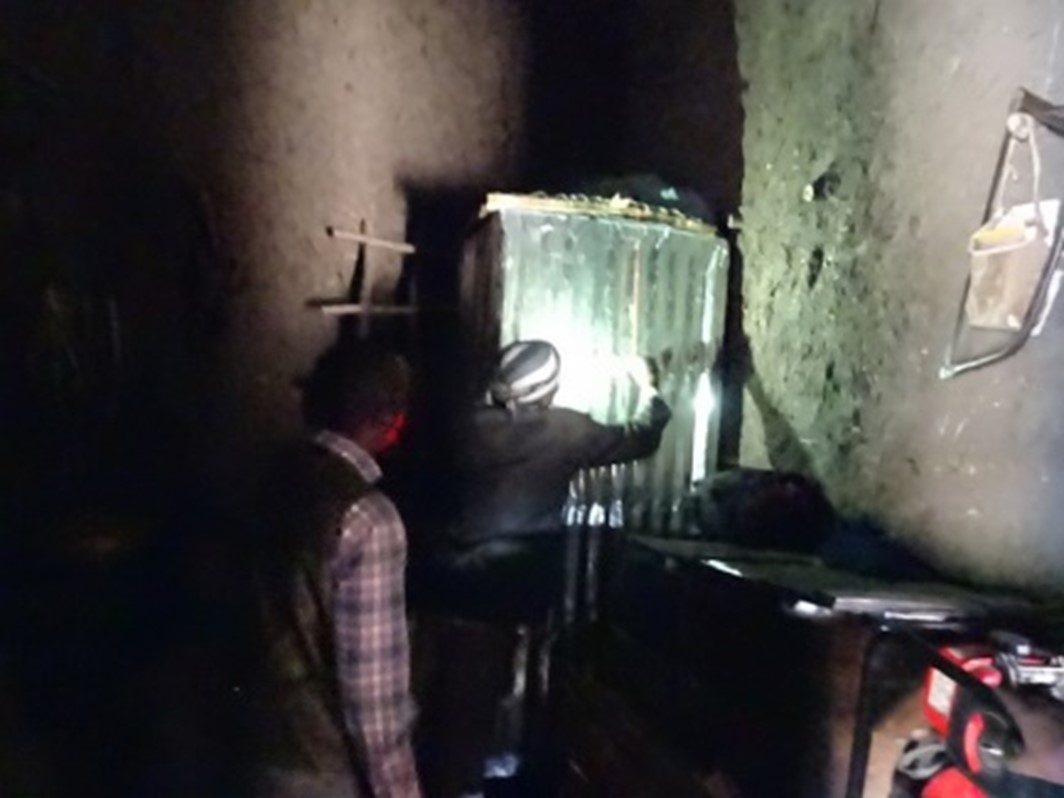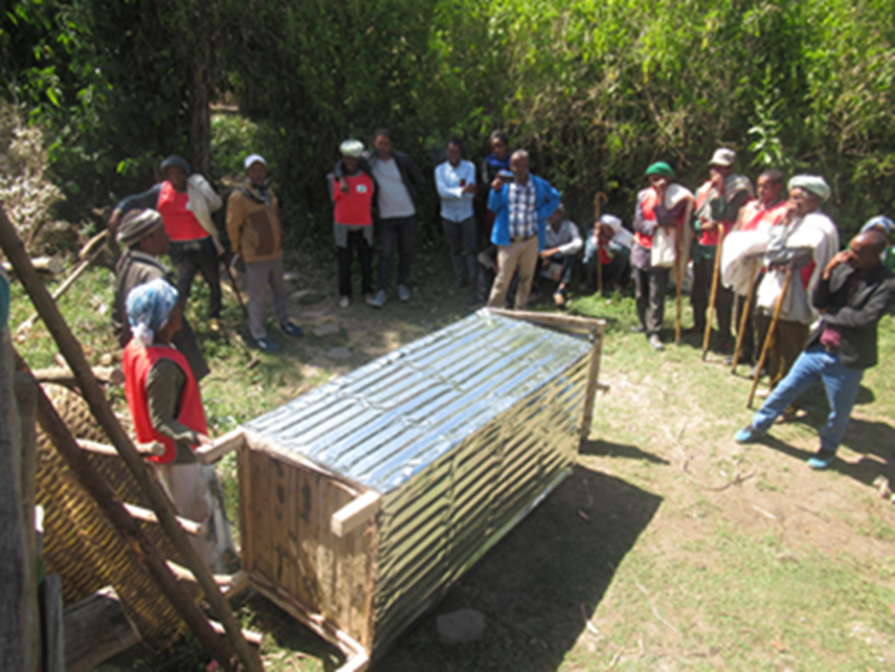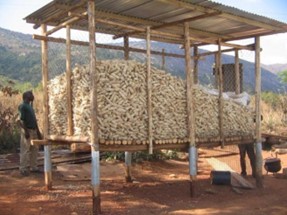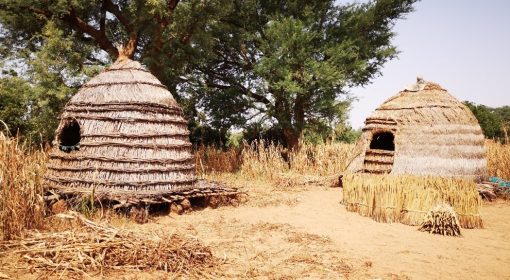by Bantamlak Wondmnow, Getachew Engdayehu, Meheretu Yonas and Frank van Steenbergen
July 28, 2021

Post harvest losses are genuine losses: the crop has been prepared, all efforts made – hard labour, land, inputs – and then the result of the efforts is just lost. Post-harvest losses can unbearably high. They come during harvest, transport and storage. In Ethiopia, grain storage losses are estimated to be between 3 to 9%, with some grains (like teff) more resistant to storage pests than others (such as maize).
There is another dimension to post-harvest losses which is public health and hygiene. Traditional storage is often rudimentary and may, for instance, consist of bamboo mats held loosely together. These open storages attract vermin and rodents close to where people live and this increased the change of zoonotic contact. There are many diseases associated with the presence of vermin and rodents in villages. Here is a list of some:
- Hantavirus: transmitted through the saliva, urine and feces of infected rats. It may affect heart, lungs, and kidneys
- Leptospirosis: a very common but not much recognized diseases, transmitted directly through rat urine or through water contaminated by it, causing high fever and jaundice among others
- Rate bite fever: caused by rat bites or scratches, causing headache, fever, rash, vomiting, muscle pain, joint pain, or swelling
- Salmonellosis: due to contaminated food, one of the four most common causes for diarrhea.
Following the severe rodent outbreaks in the woredas of Guna, Farta and Wadlar in Amhara Ethiopia, ecologically based rodent management campaigns were organized in the most severely affected watersheds. The community campaigns consisted of eradicating rodent shelters, controlling their passage, exposing them to natural enemies, removing access to food, and controlled trapping and killing. The campaign triggered much change in behavior with cats, village cleanliness and traps getting popular in many villages. In Ata Meher watershed, Ato Sisay Mengistie, a farmer, developed of his own accord a totally new rat-proof storage system, made of wood and corrugated iron. It is called “Yekorkoro Gotera”, meaning Iron Plate Storage. It is a square two-meter high container closed with a door. These are placed in the house, used to store wheat and barley.
The “Yekorkoro Gotera” has a lot going for it:
- Almost perfect in keeping rats from getting inside: the sharp overhanging edge of the corrugated iron keeps the rats away
- Made from locally available materials at a reasonable price, i.e. ETB 1350 (USD 30) – which includes ETB 600 for corrugated iron sheets, ETB 200 for wood, ETB 150 for nails and ETB 400 Birr for carpenter costs.
- It is easy to build, and adaptable and convenient to use and scale up.
- It is able to store large quantities of grain: up to 1500 kg per storage.
- It is durable expected to serve for many more years than traditional storage arrangements
- Creates jobs for local carpenters

The “Yekorkoro Gotera” gained quick popularity and within a year were replicated to several dozen. They were made part of the experience sharing events organized alongside the watershed campaigns in the region. Through such horizontal learning, the storage model and skills to make them are becoming commonplace.




